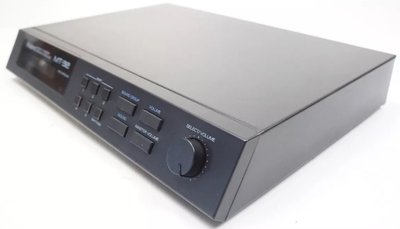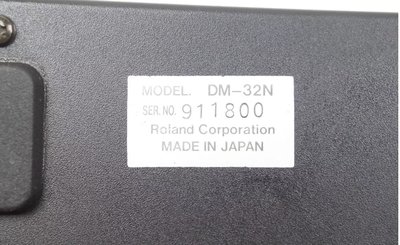First post, by SierraGamer
- Rank
- Newbie
UPDATE: I think I posted this in the wrong section. Should have been posted in hardware section. Sorry about that!
I have read that "old-type" Roland MT-32 units play old DOS games' Roland MT-32 music better than "new-type" Roland MT-32 units. But does it matter which "old-type" Roland MT-32 we get, if we are interested in playing old DOS games, including, but not limited to, Sierra On-Line games?
Wikipedia page says that there are two "old" types:
MT-32 with revision 0 PCB, used in units up to serial number 851399.
The PGA LA32 chip is later replaced with a 100-pin QFP type.
MT-32 with "old-type" revision 1 PCB, used in units with serial numbers 851400 - 950499.
source: https://en.wikipedia.org/wiki/Roland_MT-32#MT-32_models
Do you guys know of any DOS games that sound better (or different at all) with an "old-type" revision 0 unit versus an "old-type" revision 1 unit?
I am considering purchasing a Roland MT-32 currently for sale online; it has serial number 911800 (see attached pictures), meaning it is "old-type" revision 1. Would it be better to wait and look for "old-type" revision 0, or do games sound exactly the same with both types of "old" Roland MT-32 units?
Thank you!
P.S.- I have heard that emulation sounds great, but I want the real Roland MT-32 external module sitting on my desk with its little light-up screen staring at me. It's those details that really matter to me. 😊

